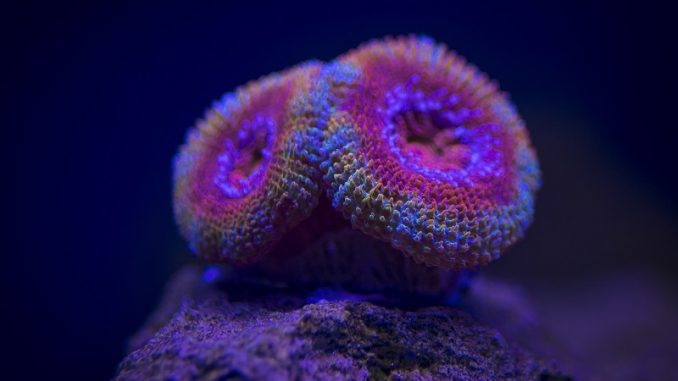
One of the main benefits of starting a marine aquarium is the ability to keep corals. Depending on the fish you want to keep, you could create a whole reef full of different colors and structures.
You should consider Acan Corals when designing your tank. They are very attractive; you can find them in lots of different colors to meet your personal taste.
They show mild levels of aggression, but this is easy to plan around. These corals are simple to care for and can be kept by anyone who has done their research.
This article will walk you through all the important aspects of Aran Coral care, such as their aquarium needs, compatibility, diet, and much more…
Acan Coral Facts & Overview
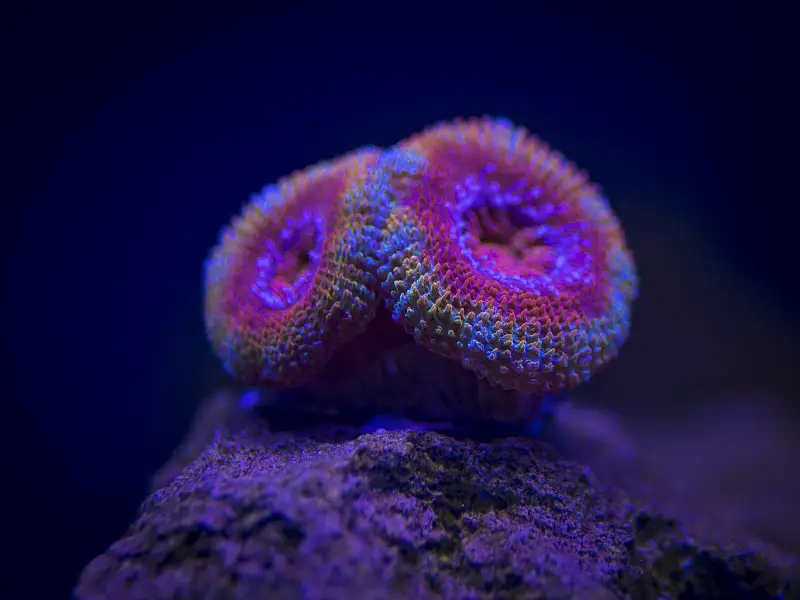
| Category | Rating |
| Care Level: | Easy |
| Temperament: | Semi-aggressive |
| Color Form: | Various |
| Diet: | Omnivore |
| Family: | Lobophyllidae |
| Tank Set-Up: | Saltwater with moderate lighting and current |
| Compatibility: | Peaceful community |
Acan Corals are sometimes known as Acan Lords. This name sounds impressive, but it is just the shortened form of their original species name “Acanthastrea lordhowensis”.
Nowadays their name can be a little misleading. Though they were originally classified in the genus Acanthastrea, in 2016 they were reclassified to the Micromussa genus, so they are now scientifically known as Micromussa lordhowensis.
They are large stony corals from the Lobophyllidae family.
In the wild, they are quite widespread. They occupy shallow reefs in the Indo-Pacific, around countries like Japan and Australia.
These corals are semi-aggressive and very capable of stinging. They will use their tentacles to attack others that are situated right next to them.
In an aquarium, Acan Corals are relatively straightforward to care for. Any aggressive tendencies can be prevented by spacing them apart and keeping their tentacles out of reach of other corals.
They work well for aquarists adding corals for the first time because they are hardy and just need some regular tank maintenance to stay healthy.
Corals can be quite pricey. Acan Corals tend to cost $10-$15 per head on the fragment. Their color is another factor that can affect the price.
Since you’re spending so much on corals, you want to be sure that you are getting some healthy specimens. Check any potential fragments carefully.
Appearance
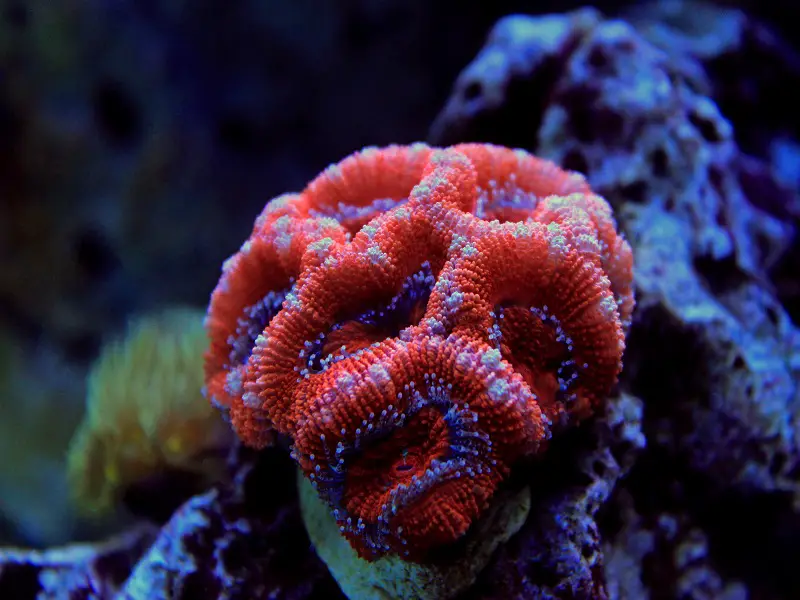
Corals are often sought after for marine aquariums because they are usually colorful and beautiful animals. Acan Corals meet this description very well.
They are colonial corals that form clumps that can reach over 2 yards across. Conveniently you can care for much smaller fragments in your home aquarium.
The polyps are large and fleshy; they appear quite fluffy too. Their corallites have closely packed septa with fine teeth.
They come in many different colors, including red, orange, green, blue, and purple. If you want a particular color it may take you longer to find a suitable stock. You may need to look around online. Certain colors will cost more too.
Habitat and Tank Conditions
These corals live on shallow reefs (0-98 feet deep) distributed across the Red Sea, Eastern Coast of Africa, Japan, and Australia.
Acan Corals are quite widespread, but they all live in similar conditions. Luckily these are easy to replicate in an aquarium because the conditions are similar to the preferences of many marine creatures.
If you want these corals to do well in your tank, then you need to recreate their natural habitat as closely as you can.
Tank Conditions
Layer the aquarium with sands or crushed coral to form a base for you to place your corals on top of. You can add rocks and plants as you wish too.
Keep the temperature between 72°F and 78°F; the pH between 8.1 and 8.4; and a specific gravity between 1.023 and 1.025. These conditions are pretty standard for a marine setup.
A gentle current will be appreciated. Adding a water pump to move water around your tank and across your corals is a good idea.
Due to symbiotic zooxanthellae, these animals are photosynthetic. They need moderate lighting to meet their needs.
Placement
Choosing the right area to place your coral is important for growth and survival.
You should give it plenty of space. Not only does this provide room for it to grow into, but it also keeps it away from other corals that it may be aggressive towards.
Your Acan Corals should also sit somewhere with access to light and water movement.
Make sure you acclimate them gradually when you add them to the tank.
Tank Mates
You can keep Acan Corals with other types, even though they are semi-aggressive. All you need to do to solve this is to space them out. If they can’t reach other corals then they can’t hurt them.
If your Acan Corals can reach others though, they will begin to fight for space and resources.
If you think any of the additional corals you add will engage in chemical warfare, then add activated carbon to counter it. Partial water changes will also be important.
There are many types of reef fish that you can keep with Acan Corals. Research potential tank mates carefully because many species will nibble at the polyps and can cause a lot of damage.
The same applies to adding fellow invertebrates like shrimps. Research them and only add them if they are reef safe. Most invertebrates will be fine around your Acan Corals though.
Diet
It’s easy to start treating corals like plants because they need light and don’t exactly look like a typical animal.
However, it is the symbiotic zooxanthellae that need light for photosynthesis; the Acan Corals themselves need feeding. Without food, they will struggle to grow.
They will eat anything they can get their polyps on, including commercially dried foods. The majority of their diet should be fresher, nutrient-rich foods, like copepods, artemia, and chopped seafood though.
Corals need calcium, magnesium, and other elements in their diet for the growth of their skeleton.
They usually feed at night, but they will soon learn your schedule and will come to expect food at particular times if you’re consistent.
They will extend their polyps at feeding times to grab food and draw it in.
Target the polyps when feeding. Use a syringe to release food in solution right over the top of them. This ensures that they are getting the food they need, preventing tank mates from stealing it.
Care
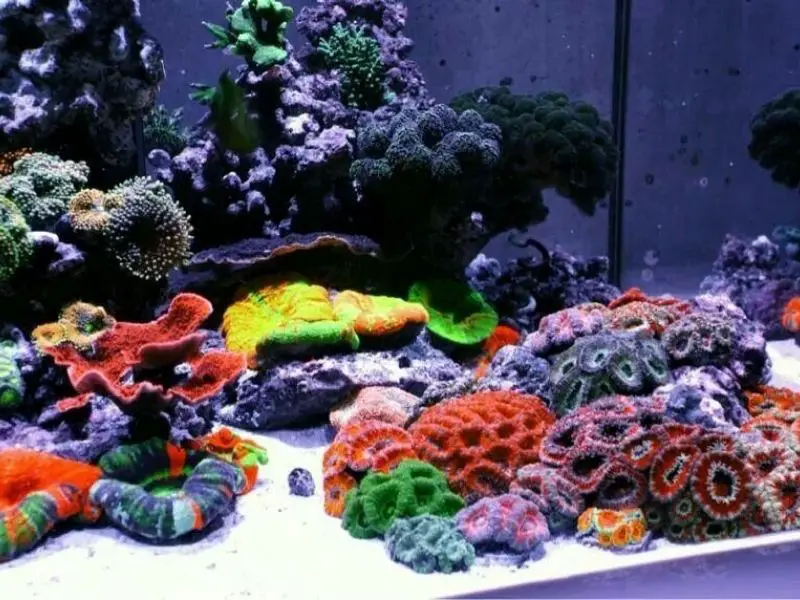
Caring for Acan corals is not especially difficult. Once your tank is up and running, they should be fine if you feed them regularly and maintain the ideal conditions.
General tank maintenance is important. Keep the aquarium clean by wiping away algae and performing partial water changes.
Regularly check that the environment is in perfect conditions by using a water testing kit each week and inspecting equipment.
If conditions in the tank are not ideal, your coral will often let you know through changes in color.
Acan Corals can pick up disease just like anything else in your tank. Treating them can be difficult because moving them is often too stressful and medications may have adverse effects on tank mates.
Your first solution should be to fix any parameters that have strayed away from the perfect levels to help your corals recover. You may have to frag the coral to save some healthy parts and dispose of infected parts.
Trying to prevent disease in the first place is the best thing to do. Pay extra attention to your aquarium and maintain the ideal conditions.
Be careful about what you place in the tank too, quarantine new additions.
Breeding
Acan Corals are hermaphroditic broadcast spawners. They release gametes into the water column for fertilization.
The resultant larvae (called planulae) drift with the currents until they eventually settle on the seabed. They metamorphize into polyps and form colonies.
These corals can also reproduce asexually. Once polyps reach a certain size, they will divide.
Acan Corals can be fragged in an aquarium setting. This is where you cut off a piece of coral to spread it to a new location (like plant propagation), essentially creating a new coral.
It can be useful if your coral becomes diseased too.
Only start to frag your corals once they have fully acclimated to your aquarium. You will need the right tools to make a fast, clean cut.
Corals are often slow-growing, so you won’t be able to do this too often.
Are Acan Corals Suitable for Your Aquarium?
Choosing corals for your aquarium often comes down to personal preference. There are very few reasons why you couldn’t keep Acan Corals in your marine setup.
By spacing them out you can nullify any semi-aggressive tendencies and compatibility problems in the marine residents as the fish come to nibble corals.
If you feed them well and maintain the tank properly, these corals will survive for a very long time in your home. You can even frag them to help them spread through the tank, or even into a new one.
What made you choose Acan Corals for your aquarium? Let us know in the comments below…


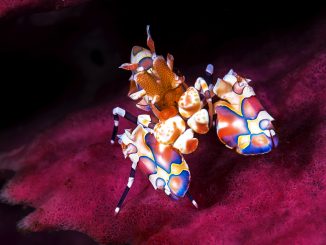
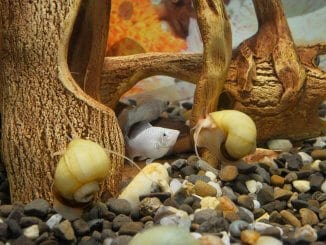
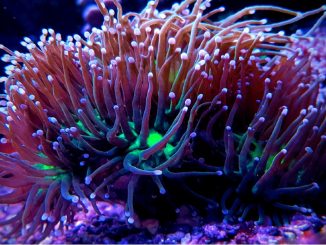
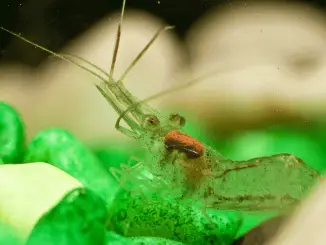
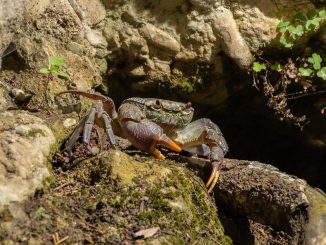
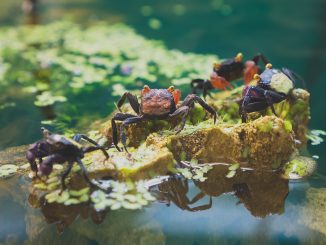
Be the first to comment